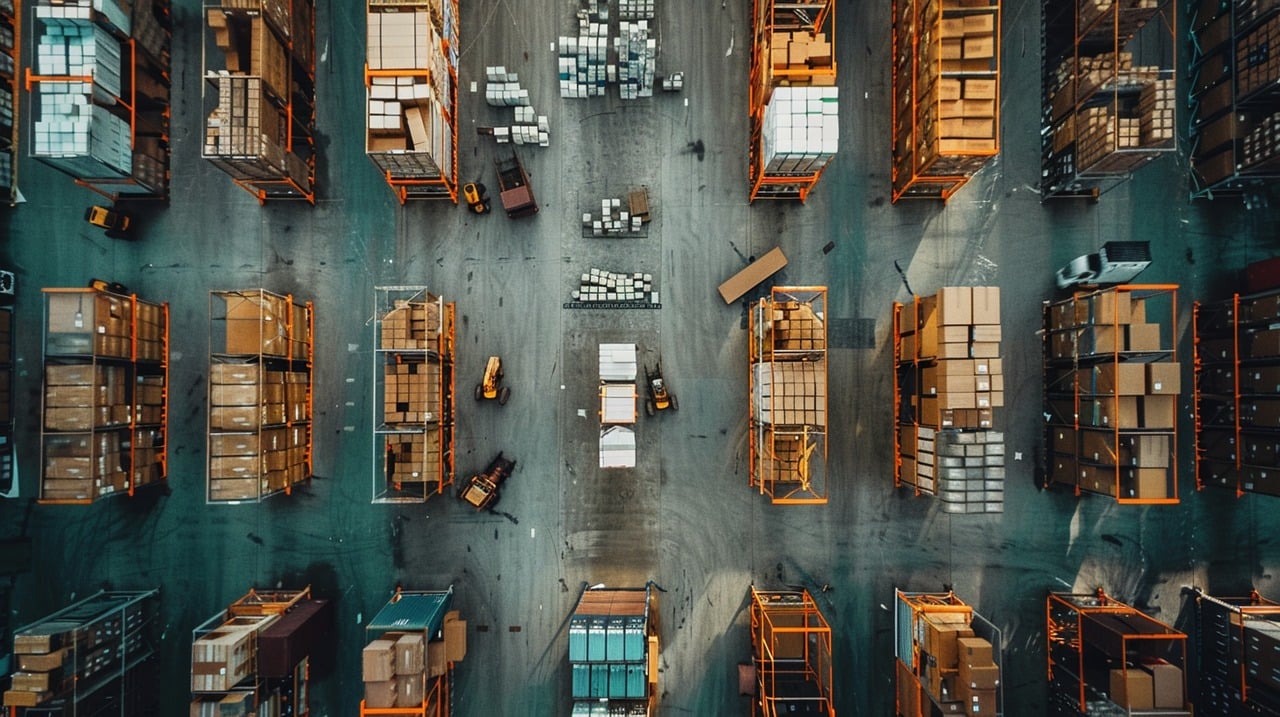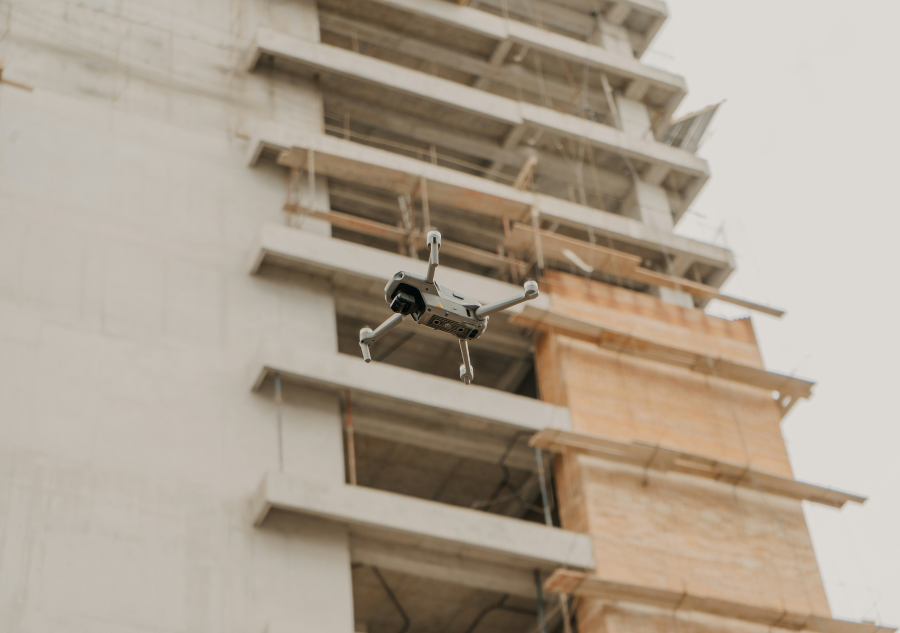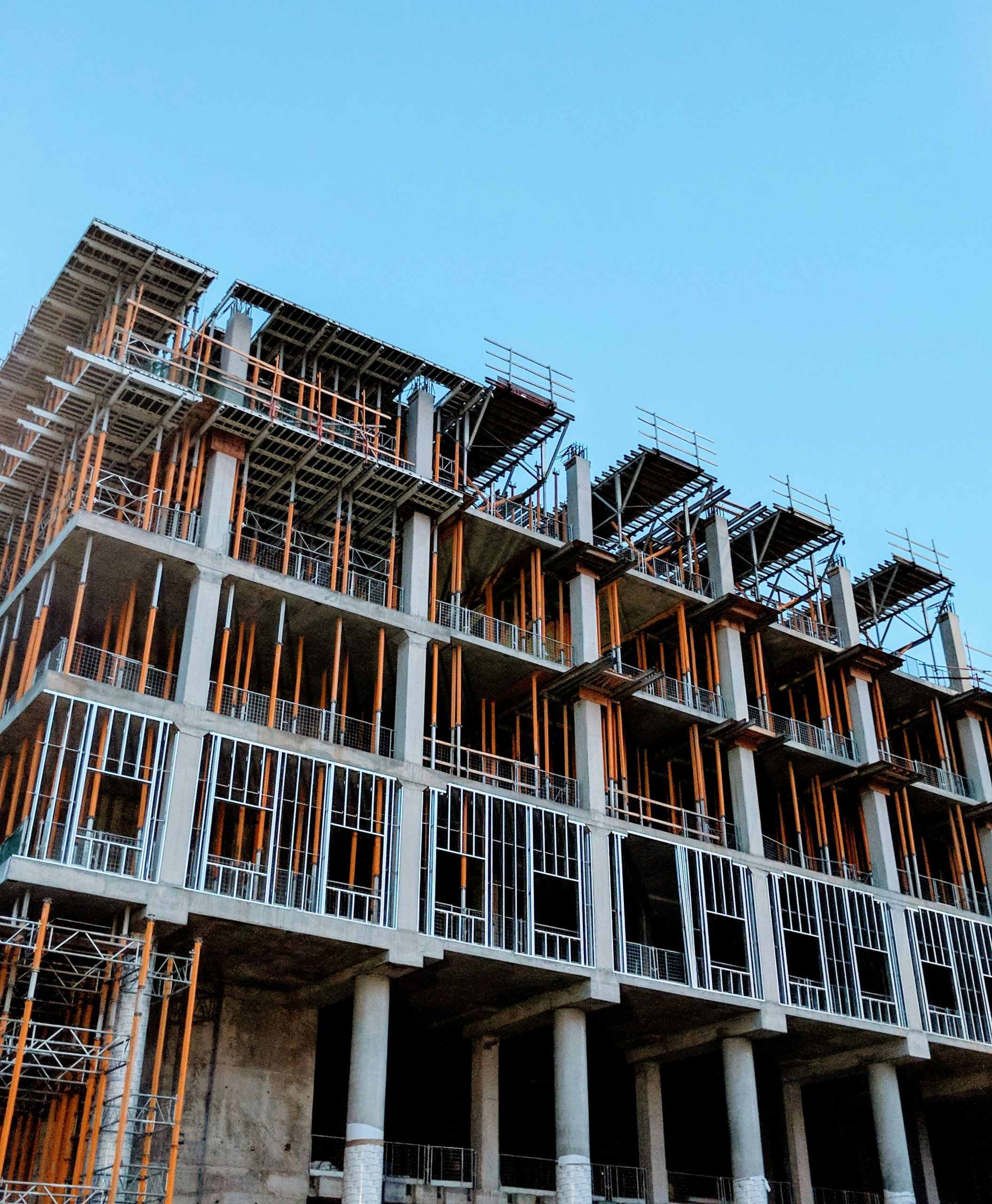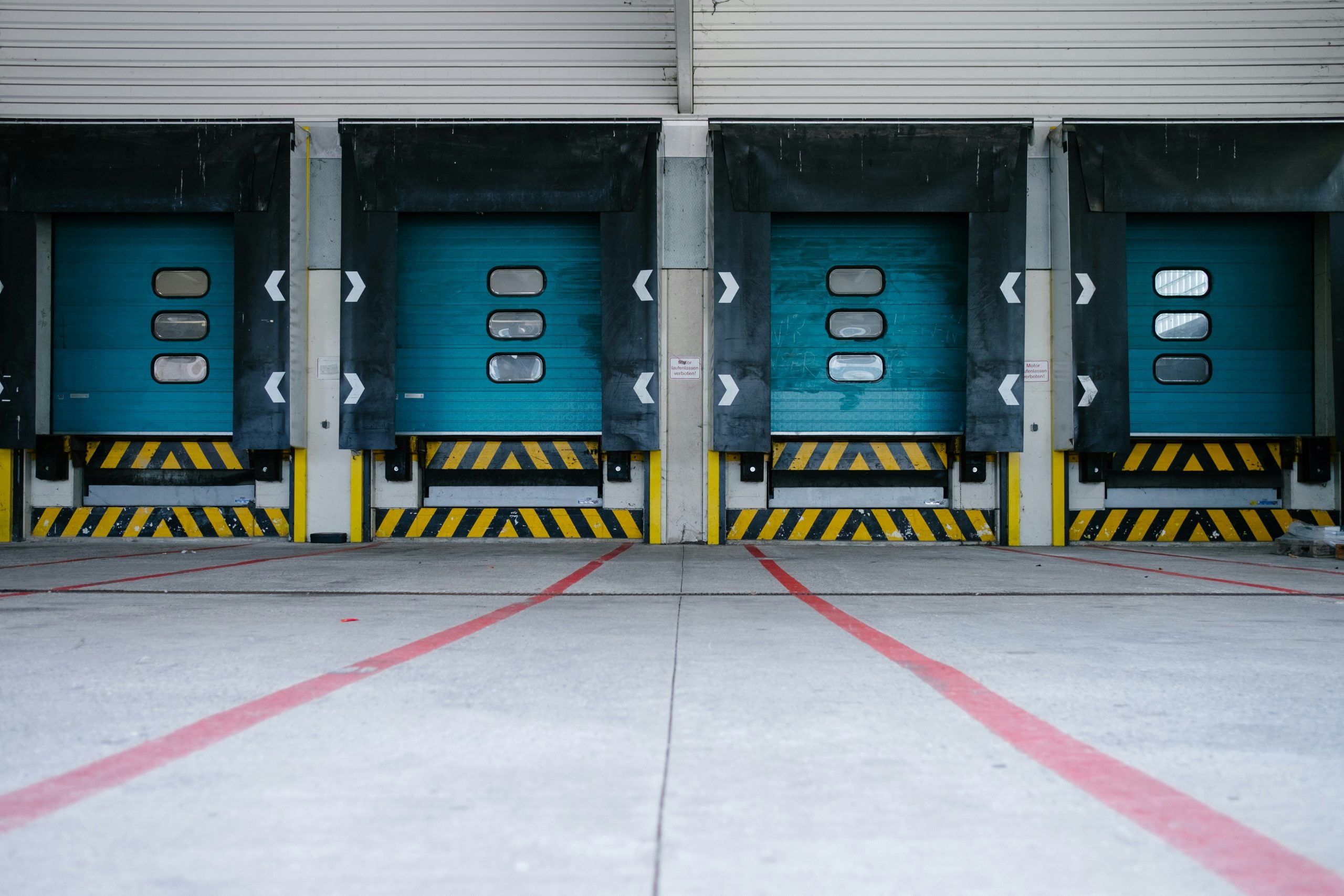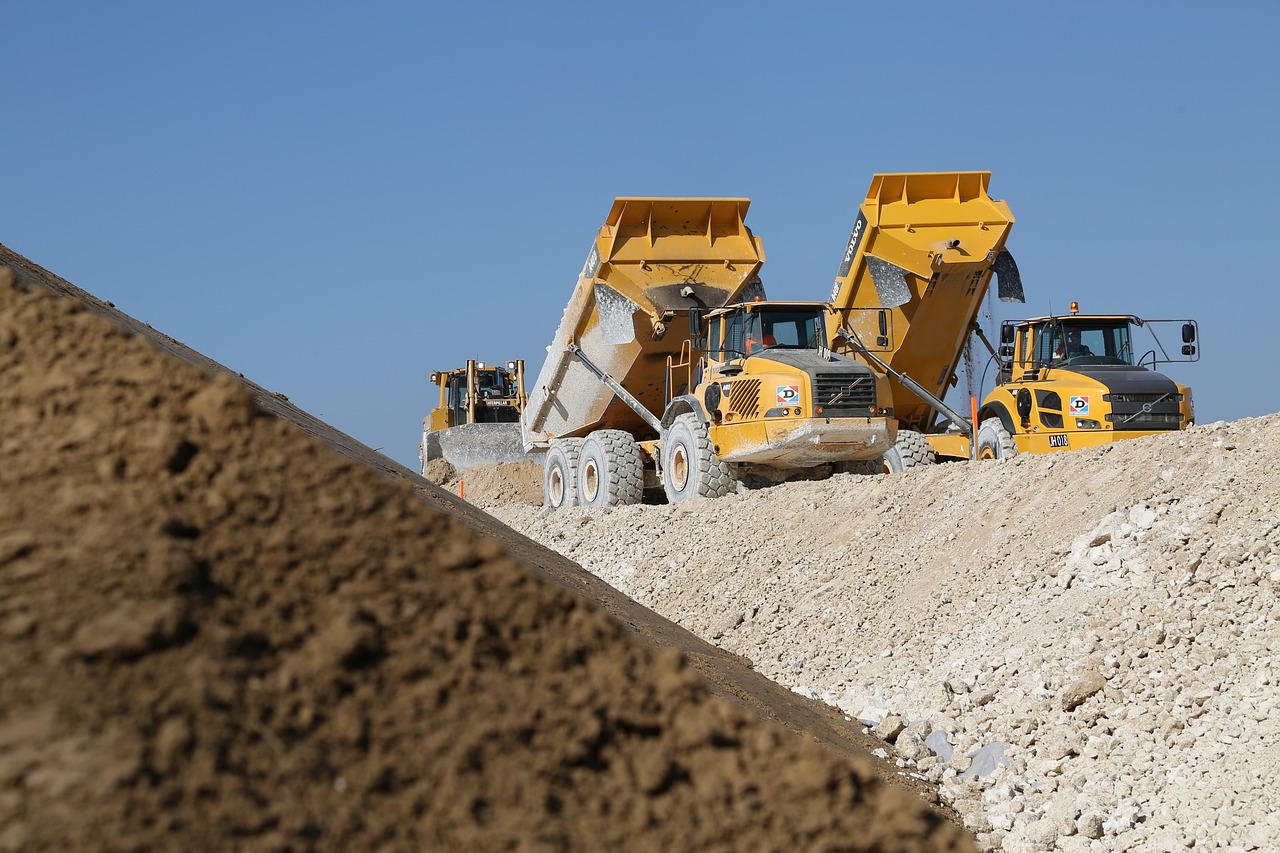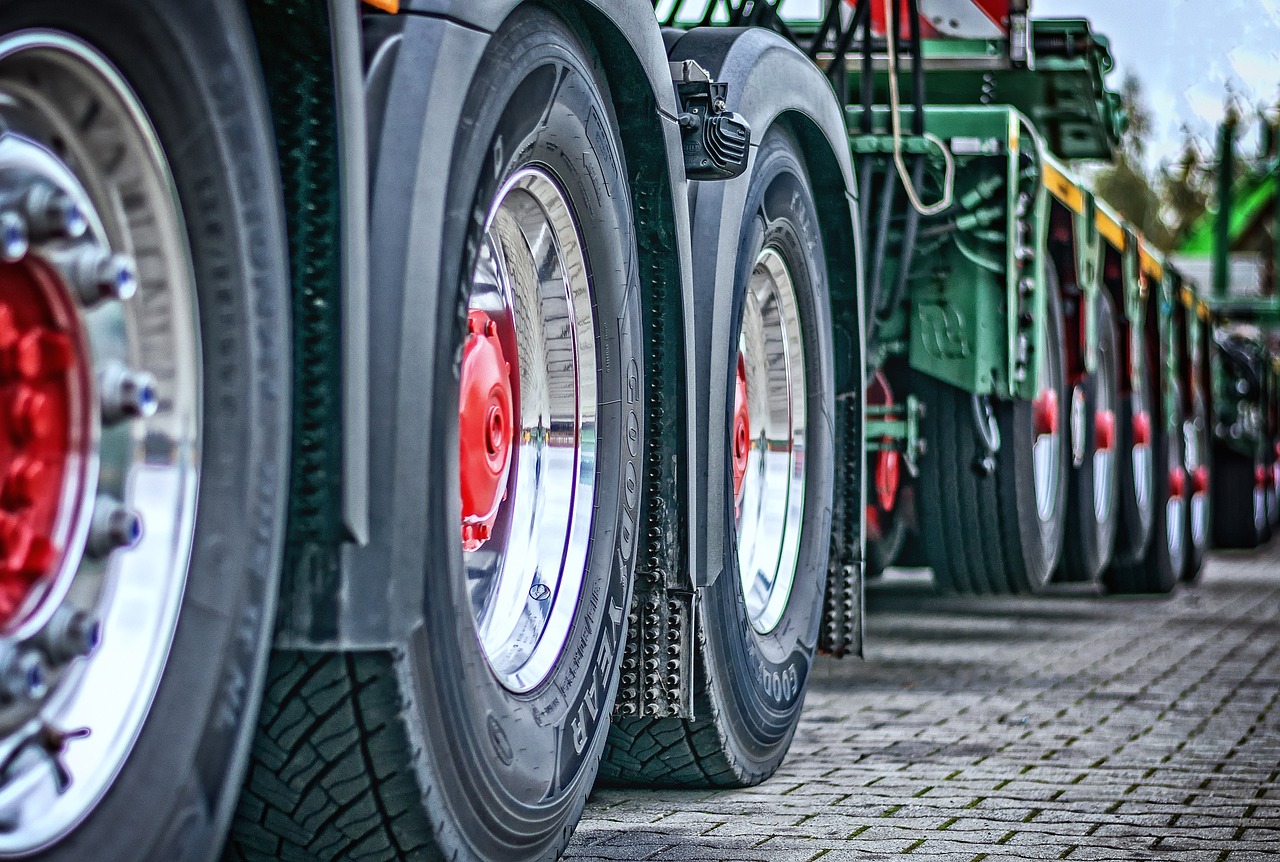Use of drones for monitoring and delivery on construction sites
The construction industry has long been known for its complexity and the many challenges that come with managing large and often dynamic projects.
One of the latest technological advances that is beginning to revolutionize the industry is the use of drones.
By using drones for monitoring and delivery, construction companies can improve the efficiency, safety and accuracy of their projects.
In this article, we explore how drones are used on construction sites and the benefits they offer.
Monitoring and inspection
Drones have become one of the most effective tools on construction sites, especially for monitoring and inspection.
Equipped with high-resolution cameras and advanced sensors, drones can quickly and efficiently collect data over large areas.
This gives project managers a real-time view of the worksite, allowing them to identify potential problems and make informed decisions.
One of the biggest benefits of using drones is the time saved.
Traditional inspection methods, such as using cranes or scaffolding, are often both time-consuming and costly.
Drones can carry out inspections much faster, speeding up the construction process.
Safety is another important benefit.
Drones can reach high or dangerous areas without putting workers at risk, reducing the risk of workplace accidents.
The accuracy of drones is also a major advantage.
They can capture detailed images and create three-dimensional maps that offer a more accurate representation of the workplace than traditional methods can achieve.
Benefits and Environmental Benefits
Drones are revolutionizing construction logistics with innovative solutions for material delivery, monitoring and environmentally friendly operations.
They can efficiently transport materials and tools directly to specific locations on the construction site, especially in large projects where certain areas are difficult to reach by traditional methods.
This increases productivity by reducing transportation time and the need to move materials multiple times, while also leading to cost savings by reducing the need for heavy machinery and labor for internal transportation.
Integrating drones into construction logistics optimizes the entire supply chain.
By monitoring deliveries and inventory status in real time, construction companies can better plan and coordinate purchasing and transportation.
Drones provide up-to-date information on stock levels and material availability, enabling quick reaction to changes and reducing the risk of delays.
In addition, they contribute to waste reduction through better control of material flows and allow for more accurate scheduling and resource allocation.
Drones also offer environmental benefits by reducing the ecological footprint of construction projects.
Because they are powered by electricity, they have lower carbon emissions compared to traditional methods and reduce noise pollution at the worksite.
By optimizing deliveries and material handling, drones contribute to a more efficient use of resources and a greener construction process.
Construction sites of the future
Technological advances continue to develop the capabilities of drones, meaning their role on construction sites is likely to expand.
With the increasing integration of AI and machine learning, drones will soon be able to perform more advanced inspections and handle complex logistics tasks.
These developments have the potential to further transform the construction industry.
A key advantage of future drones is automation.
Future drones may become fully autonomous, reducing the need for human intervention and thus minimizing the risk of errors.
In addition, drones can be integrated with other technologies such as Building Information Models (BIM) and the Internet of Things (IoT), creating a seamless and efficient working environment.
With improved battery life and increased lifting capacity, drones will be able to handle heavier and more bulky loads, further increasing their usefulness and efficiency on construction sites.
Conclusion
The use of drones for monitoring and delivery on construction sites offers a range of benefits that can improve the efficiency, safety and sustainability of construction projects.
By embracing this technology, construction companies can not only optimize their work processes but also position themselves at the forefront of a technology-driven future.
Drones represent an important part of the next generation of construction solutions, and their potential is just beginning.
Thank you for reading our article on the use of drones for monitoring and delivery on construction sites.
We hope you have found the information insightful and that it inspires you to utilize drone technology in your own construction projects.
Thanks again for taking the time to read!
